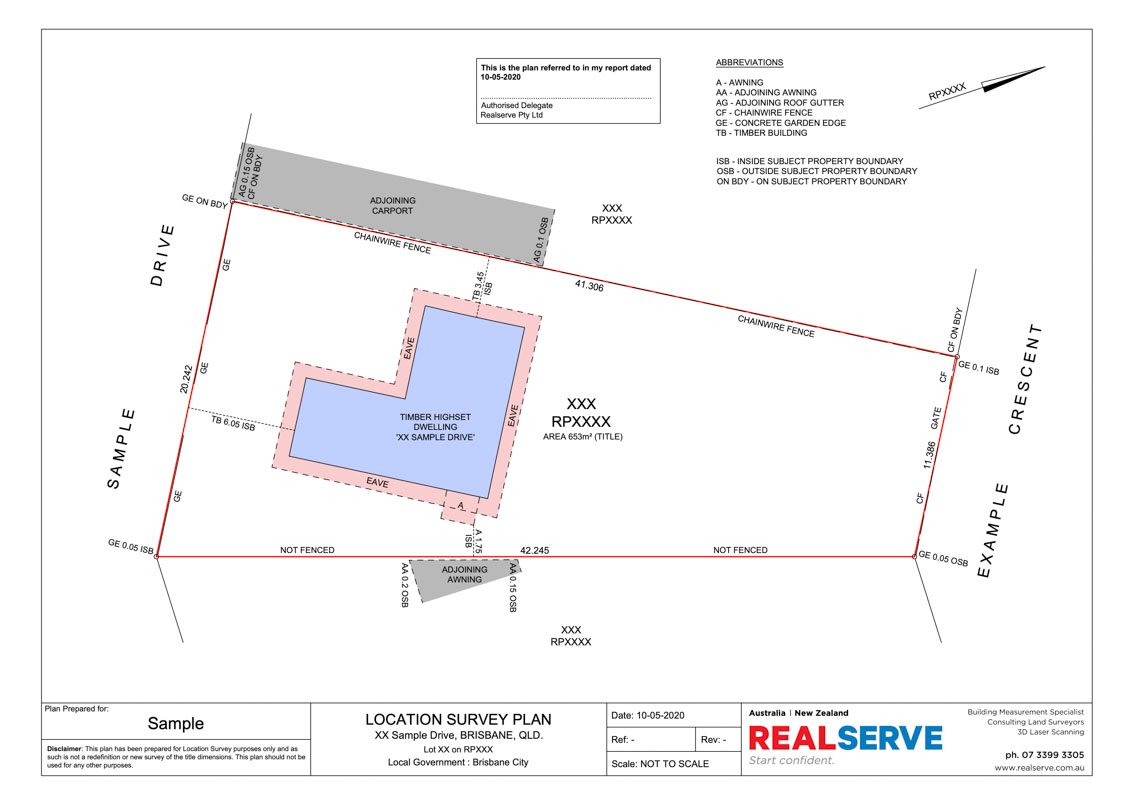
Property Boundaries-Navigating Property Limits
Unveiling the Intricacies of Queensland Property Boundaries
When it comes to real estate transactions, understanding property boundaries is of paramount importance. Property boundaries define the limits of a land parcel, determining ownership rights, usage, and responsibilities. In Queensland, Australia, comprehending these boundaries is essential to avoid legal disputes, plan developments, and make informed decisions. In this comprehensive guide, we will delve into the intricacies of Queensland property boundaries, shedding light on their significance, how to identify them, and what they mean for property owners.
Queensland Property Boundaries: Exploring the Basics
Property boundaries serve as the invisible lines that divide one land parcel from another. These boundaries play a pivotal role in determining the ownership and rights associated with a piece of property. Understanding the basics of Queensland property boundaries is crucial for property owners, buyers, and developers to avoid any potential conflicts or complications.
Importance of Accurate Property Boundaries
Accurate property boundaries are vital for several reasons. Firstly, they establish the extent of land ownership, allowing individuals to determine the boundaries within which they have exclusive rights. Additionally, property boundaries enable effective land use planning, preventing encroachments and unauthorized access. They also play a crucial role in resolving disputes between neighboring property owners and ensure fair property valuation.
Identifying Property Boundaries
Identifying property boundaries is a multifaceted process that involves various methods and resources. While cadastral surveys, title documents, and land surveys provide essential information, physical markers such as fences, walls, or hedges can also indicate property boundaries. It is important to note that relying solely on physical markers may not be sufficient, as they can deteriorate or be moved over time. Consulting with a licensed surveyor is often necessary to ensure accurate identification of property boundaries.
Legal Aspects of Property BoundariesUnderstanding the legal aspects of property boundaries is crucial to navigate real estate transactions smoothly. Queensland follows the Torrens system, which means that property ownership is registered and guaranteed by the state government. The Department of Natural Resources, Mines, and Energy (DNRME) oversees the registration and management of property boundaries in Queensland. It is essential to consult legal professionals or licensed surveyors to ensure compliance with relevant laws and regulations. You can gather more information here: https://www.resources.qld.gov.au/
Queensland Property Boundaries FAQ: Your Questions Answered
To provide a comprehensive understanding of Queensland property boundaries, here are answers to some frequently asked questions:
1. What defines Queensland property boundaries?
Queensland property boundaries are primarily defined by cadastral surveys conducted by licensed surveyors. These surveys establish the legal boundaries and dimensions of land parcels.
2. Are property boundaries always clear and easily identifiable?
While property boundaries are legally defined, they are not always physically clear or identifiable. Physical markers such as fences or walls can provide indications, but they may not always accurately represent the legal boundaries. Consulting a licensed surveyor is crucial for accurate identification.
3. Can property boundaries be changed or disputed?
Property boundaries can be changed or disputed under certain circumstances. Boundary disputes may arise due to conflicting surveys, disagreements between neighboring property owners, or changes in land use. Resolving such disputes often requires legal intervention or mediation.
4. What are the consequences of encroaching on a neighboring property?
Encroaching on a neighboring property without legal authorization can lead to legal disputes and potential financial liabilities. Property owners should ensure they understand their property boundaries to avoid encroachments.
5. How can I verify my property boundaries?
To verify your property boundaries, it is recommended to consult a licensed surveyor. They will conduct a cadastral survey and provide you with accurate information regarding your property’s boundaries.
6. What should I do if I suspect a boundary dispute?
If you suspect a boundary dispute with a neighboring property owner, it is best to approach the situation calmly and seek legal advice. A licensed surveyor can assist in resolving the dispute by conducting surveys and providing evidence of the correct boundaries.
Navigating Queensland Property Boundaries: Tips and Best Practices
Understanding and navigating Queensland property boundaries can be a complex task. Here are some tips and best practices to help you navigate this process smoothly:
1. Engage a Licensed Surveyor
To ensure accurate identification of your property boundaries, engage a licensed surveyor who is familiar with Queensland property laws and regulations. They will conduct surveys and provide you with precise information.
2. Review Title Documents
Title documents contain valuable information about your property, including legal descriptions and boundaries. Reviewing these documents can help you understand the boundaries and any easements or encumbrances that may affect your property. Your Conveyancer or Solicitor can assist you gather this information.
3. Communicate with Neighbors
Maintaining open communication with your neighbors is essential, especially if there is a potential for boundary disputes. Discussing any concerns or discrepancies early on can help prevent conflicts in the future.
4. Consider Boundary Agreements
In some cases, neighboring property owners may agree to modify or adjust boundaries through a boundary agreement. These agreements should be drafted with legal assistance and registered with the appropriate authorities.
5. Be Aware of Encroachments
Regularly inspect your property for any signs of encroachment, such as structures or landscaping that extend beyond your boundaries or encroach onto your property. If you identify an encroachment, address the issue promptly to avoid potential legal complications.
6. Consult Legal Professionals
If you encounter complex boundary issues or disputes, it is advisable to seek legal advice from professionals who specialize in property law. They can provide guidance and represent your interests during legal proceedings if necessary.
Understanding the Importance of Queensland Property Boundaries
Queensland property boundaries are not merely lines on a map; they are legal and physical representations of land ownership and usage rights. Whether you are a property owner, buyer, or developer, having a clear understanding of these boundaries is crucial for making informed decisions and avoiding disputes. By engaging licensed surveyors, reviewing title documents, and maintaining open communication with neighbors, you can navigate Queensland property boundaries with confidence.
In conclusion, Queensland property boundaries play a vital role in the real estate landscape. By familiarizing yourself with the basics, understanding the legal aspects, and following best practices, you can ensure a smooth and secure property ownership experience in Queensland.
Remember, it is always advisable to consult legal professionals or licensed surveyors for specific and detailed advice regarding your unique situation related to Queensland property boundaries.
This is general advice only, for specific legal advice speak to your expert legal representative or conveyancer.


